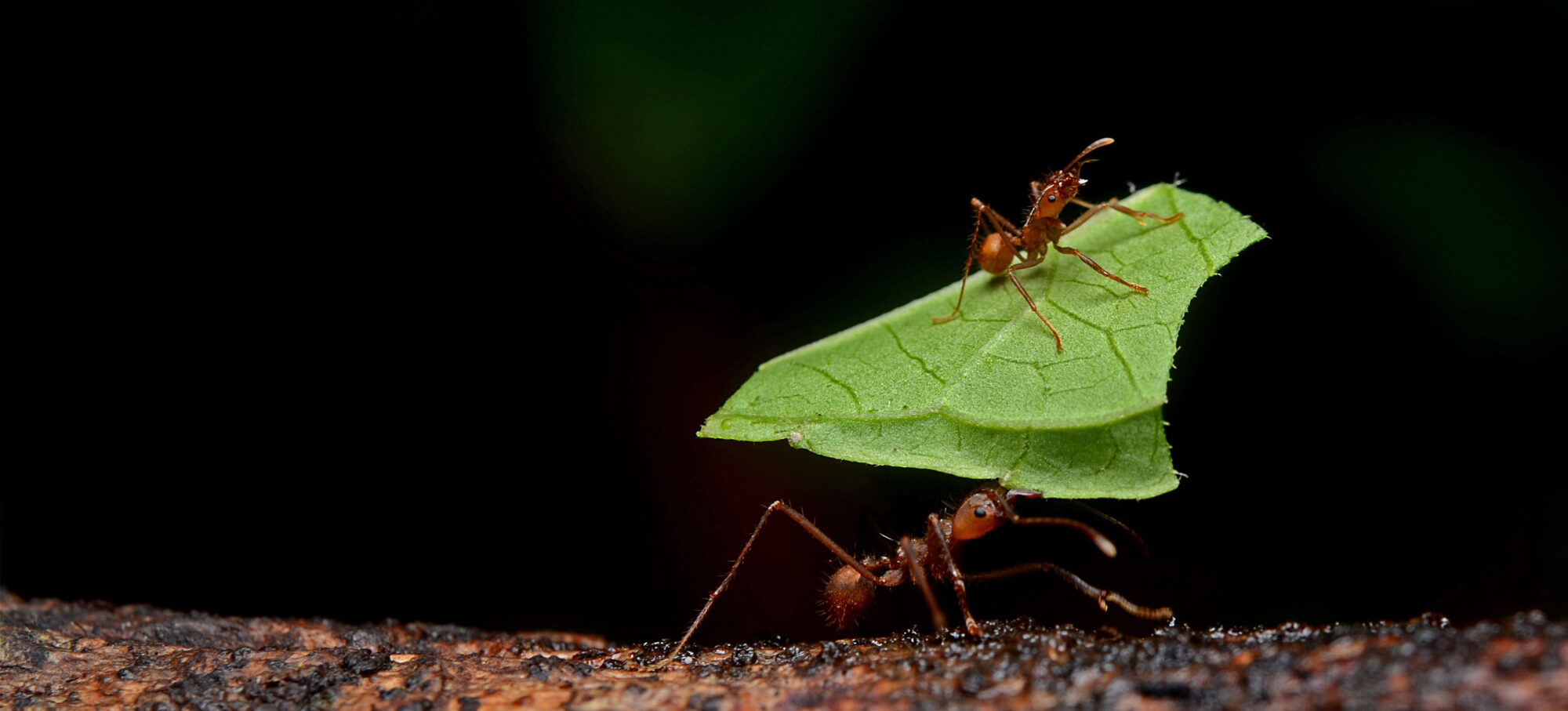Antibiotic Pollution Index: 230 (19 November 2017)
What is the Antibiotic Pollution Index?
What it does
Cephalexin kills bacteria by disrupting molecules (peptidoglycan) in their outer layer. It is mainly effective against gram-positive bacteria, such as streptococci, staphylococci and bacilli. In these bacteria, this outer layer is unprotected, while in gram-negatives, this layer is thinner and protected by a membrane structure.
Who gets it
Cephalexin is widely used against ear, bone, joint, skin and urinary tract infections. It ranks around the 100th mostly used drug in the USA, with over 7.5 million prescriptions annually. It is also used in companion animals. In the USA, cephalexin is generally prohibited for food-producing animals, while in Europe, it is allowed: Maximum Residue Levels (MRLs) have been established up to between 100 micrograms and 1 mg/kg of cattle-derived meat and milk. This antibiotic is nevertheless not common in the European meat industry. For instance, in 2014, the class to which cephalexin belongs (1st and 2nd generation cephalosporins) made up 7 out of the total 9000 metric tonnes of antibiotics used in the 29 European countries. Globally, there is hardly any evidence for large-scale use of this drug in the food sector.
Where may it be produced?
Japan, USA, India, China, Israel, France, Brazil.
And, SquaredAnt, does it pollute?
Cephalexin has been detected in Australia, Vietnam and Saoudi Arabia, in concentrations between 0.1 – 0.3 ng/ml (rivers, aquaculture, WWT effluent) and 4 ng/ml (Hospital effluent). In large reservoirs such as rivers, those concentrations may be low, but do point towards a substantial spoilage of the drug into the environment and thereby indicate the presence of hotspots where resistance may occur. Indeed, a study from 2006 showed that over 40% of bacterial isolates from aquacultures in Australia carried resistance genes against cephalexin.
Warning lights
Cephalexin as an isolated case is a popular drug that does not ring alarm bells. However, cephalexin resistance is associated to two major forms of multi-resistance: extended spectrum beta-lactamase (ESBL) pathogens and methicillin-resistant Staphylococcus Aureus (MRSA). Companion animals are seen as potential sources for the so-called EBSL bacteria, especially E. coli and Salmonella strains. This may be related to the frequent use of cephalexin in companion animals: an estimated 40 percent of all dogs in the USA (roughly 35 million of them) receive at least one treatment of cephalexin each year. Because of its link to both MRSA and ESBL, cephalexin use and resistance may have to be observed in a broader context, where overuse of one antibiotic may accelerate resistance against the other.
Any common sense in this antibiotic?
Yes and no. The usage in food animals is restricted, but it is a poplar drug for pets, and patients. This may have played a role in some of the problems we face with resistance. For so far, the searchlights have not focused on cephalexin yet. As an example, ESBL is mainly seen as a consequence of more recently developed, broader spectrum family members of cephalexin. This may have lead to an underestimation of the role that cephalexin usage could play in this type of resistance. A more inclusive and systematic approach to antibiotic resistance may be needed.
Sources
- production locations
- general information
- general information
- Resistance genes in Australian aquaculture
- Maximum residue limits in Europe
- sales of antimicrobial drugs in 29 European countries in 2014
- cephalexin use in dogs
- companion animals as source for ESBL
- cross-resistance in MRSA
- number of pets in the USA

